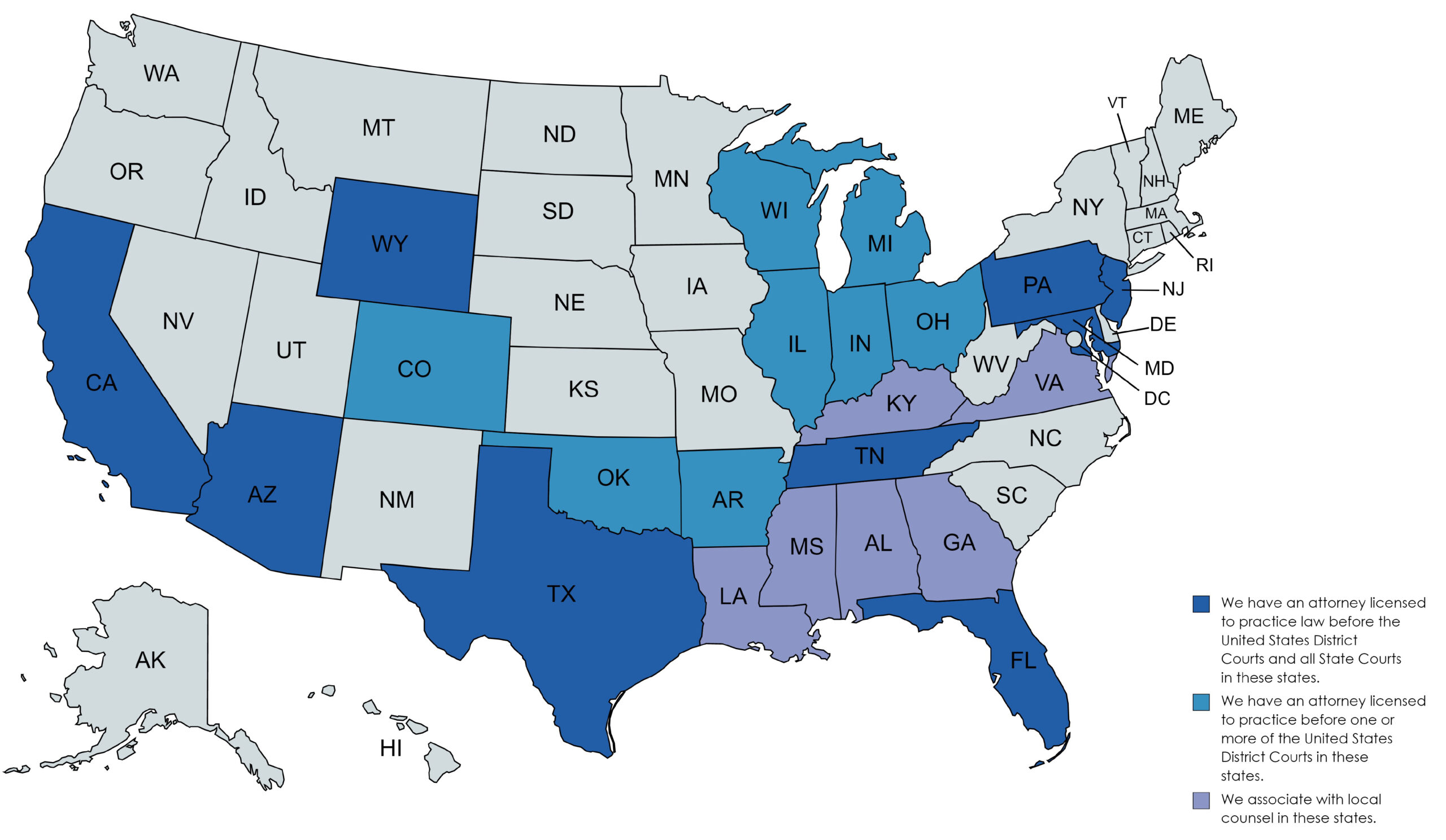Aging Debt: What It Is and How to Avoid It
Debt doesn’t disappear with time — but as it gets older, it changes in important legal ways.
Understanding aging debt can protect your credit, your finances, and your legal rights.
What Is “Aging Debt”?
Aging debt is simply debt that has been outstanding for a long time — often months or years past the original due date.
Collectors and creditors track “days past due” (DPD) to measure its age.
Common categories:
-
Current debt — Not past due or less than 30 days late.
-
Delinquent debt — Usually 30–180 days late.
-
Charged-off debt — Written off as uncollectible by the creditor, but still owed.
-
Time-barred debt — So old that the legal deadline (statute of limitations) to sue for it has expired.
Why Aging Debt Matters
-
Statute of Limitations
-
Each state sets a deadline (3–6 years in most states) for suing over unpaid debt.
-
After that, the debt is time-barred — still owed, but no longer enforceable in court.
-
-
Credit Report Impact
-
Most debts can appear on your credit report for 7 years from the date of first delinquency.
-
Older debts still hurt credit scores, though their impact lessens over time.
-
-
Debt Buyer Activity
-
Debt buyers purchase old debts cheaply and try to collect — sometimes without complete records.
-
-
“Zombie Debt” Risk
-
Making a small payment or acknowledging the debt can restart the statute of limitations in some states.
-
How to Avoid Aging Debt Problems
1. Monitor Accounts Regularly
-
Use online banking, budgeting apps, or free credit monitoring to track due dates.
-
Catch missed payments early before they snowball.
2. Communicate with Creditors
-
If you can’t pay in full, contact the creditor before it’s sent to collections.
-
Request hardship programs, deferments, or payment plans.
3. Know the Statute of Limitations in Your State
-
Different for credit cards, medical bills, and loans.
-
Knowing the date of last payment helps you understand your risk of being sued.
4. Be Careful with Old Debts
-
Don’t make payments or promises without confirming if the debt is time-barred.
-
Ask collectors to verify the debt in writing before taking action.
5. Document Everything
-
Keep records of payments, settlement agreements, and correspondence.
-
Save copies of collection letters and emails.
Warning: Restarting the Clock
In many states, any payment or written acknowledgment of the debt resets the statute of limitations — even a small one.
Collectors may pressure you into paying just enough to make the debt legally “new” again.
Before paying or agreeing to anything on an old debt:
-
Ask if it’s within the statute of limitations.
-
Request written verification of the debt.
-
Consider speaking with a consumer attorney.
Your Rights with Aging Debt
Under the FDCPA:
-
Collectors can’t misrepresent that they can sue if the debt is time-barred.
-
They must tell you, in some states, that the debt is too old to enforce in court.
-
They cannot threaten or harass you, regardless of debt age.
Bottom Line
The older a debt gets, the more complicated your options become.
By tracking your accounts, communicating early, and understanding the legal deadlines, you can avoid the traps of aging debt and keep your financial future on track.



